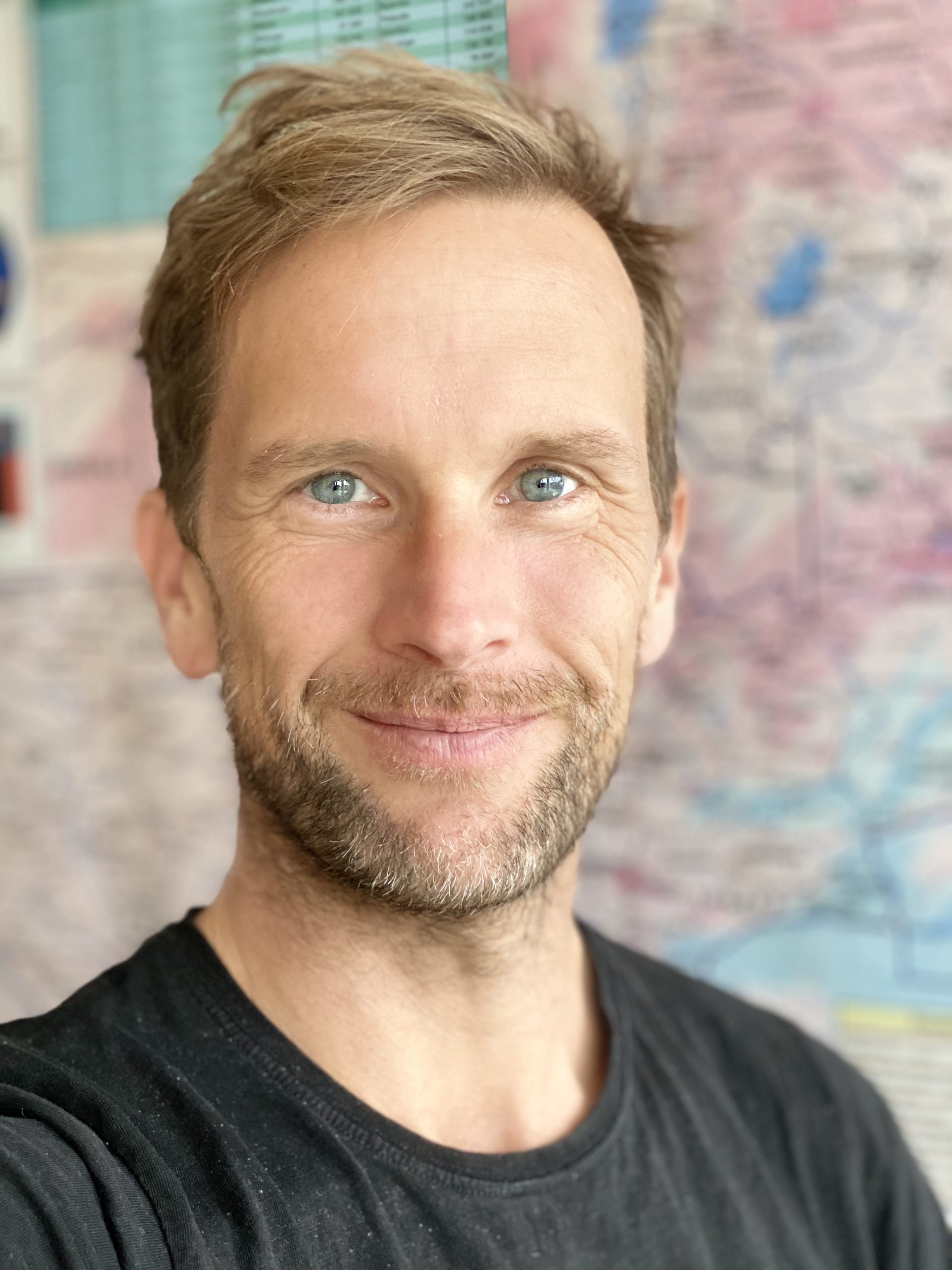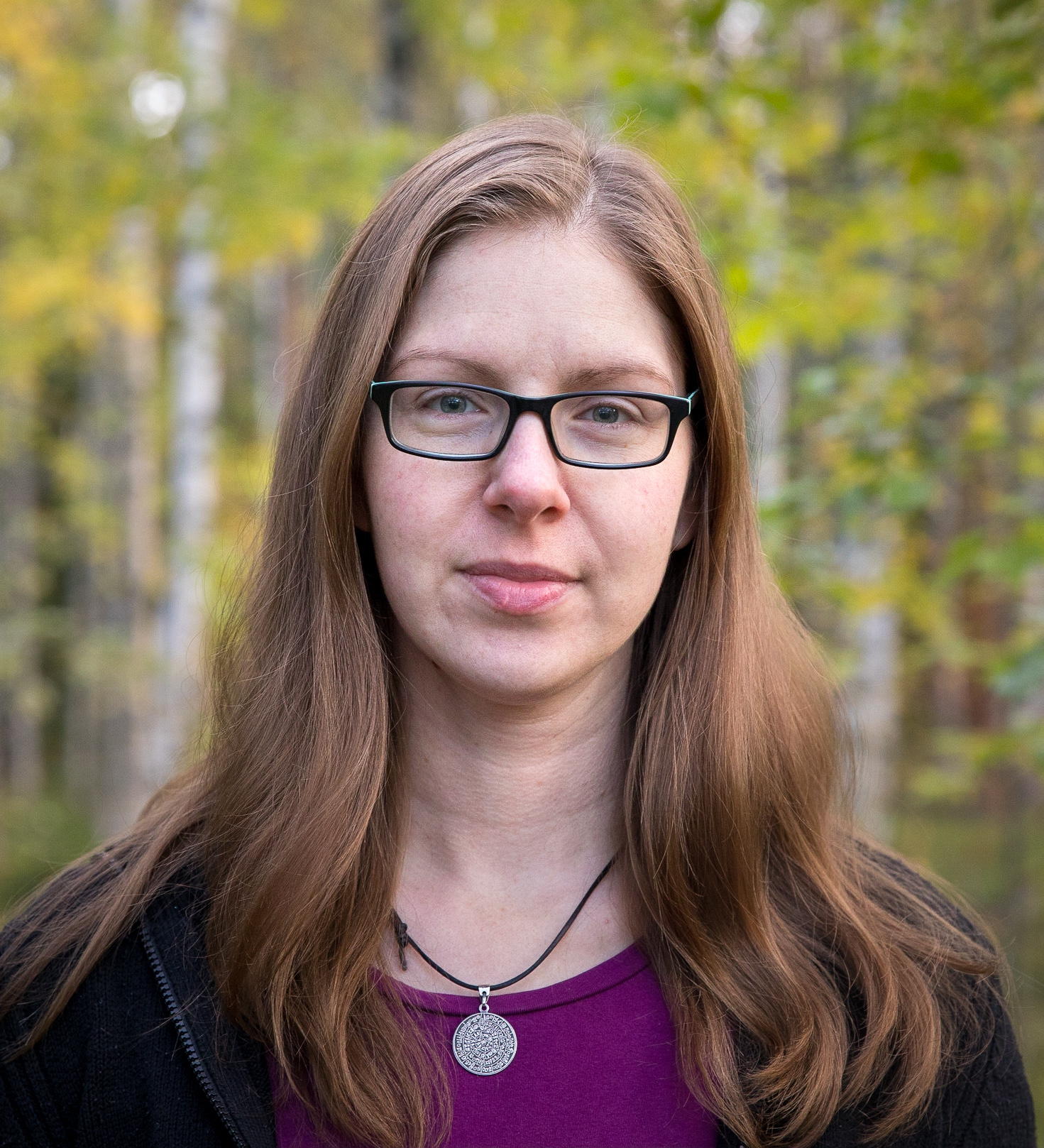Learn more about five projects awarded the Swedish Research Council’s development research grant 2020.
 Photo: Unsplash / Martin Adams
Photo: Unsplash / Martin Adams
The Swedish Research Council recently announced the awarded grants within development research 2020. Out of 219 applications, 41 projects received funding, distributed across various subject areas related to sustainable development. In this article series, SweDev has met with the researchers in five of the awarded projects to learn more about their upcoming research.
Jesper Sundewall, Associate Researcher at Lund University, will study health financing reforms, with a focus on Zambia.

Jesper Sundewall. Photo: Lund University
Describe your project in a few sentences.
Our project “Universal health coverage and health financing reform: Evaluating the impact on reproductive and maternal health services in Zambia” is about exploring the effects of the Zambian National Health Insurance reform. We want to understand if the introduction of this insurance has led to improved access to reproductive and maternal health services, and if it has reduced the cost for the patient. In addition, we want to evaluate the process for implementing the reform to better understand potential reasons for the intended effects, or lack of effects.
The project’s most novel contribution is the combined approach of a process and impact evaluation. We are attempting to look at both the effects in terms of outcomes on utilization of care and expenditure on care, but also try to identify explanatory factors for these effects.
SweDev aims to increase the interaction between development researchers and practitioners. How can practitioners working with development make use of the project’s findings?
The findings will inform policymakers in health about to what extent the reform has achieved its intended effects to increase access to care and to protect patients from catastrophic health expenditure. It will also suggest changes to the health insurance design and inform other countries intending to embark on health insurance reform about potential pitfalls and challenges along the way.
What makes Zambia an interesting case studying the impact of health insurance reforms?
Zambia is an example of a low-income country on the verge of transitioning to a lower-middle-income country. This transition will require increased attention as to how Zambia can move away from dependency on development assistance for health and assume larger responsibility for financing health care with their own resources.
At the Swedish University of Agricultural Sciences (SLU), Postdoc Sheila Holmes explores if larger mammals and birds facilitate sustainable development in Madagascar.

Sheila Holmes. Photo: Susanna Bergström
What is your project about?
In the project “Do seed dispersers facilitate sustainable development in Madagascar?” I will look at the role of seed dispersing megafauna (larger mammals and birds) in the sustainable functioning of Madagascar’s tropical rainforests. Work elsewhere in the tropics has suggested that trees dispersed by megafauna tend to store more carbon. Our project therefore aims to develop new knowledge and monitoring tools to help reforestation programs to simultaneously maximize biodiversity restoration and climate change mitigation as well as promote human livelihoods.
In what novel way can the project help us understand current development problems?
Improperly planned programs may serve one development goal while harming another. This project instead highlights the interconnected nature of sustainable development goals. Another innovative aspect of our project is that we will develop and test novel visual and acoustic sensors to automate monitoring of wildlife in remote locations. Such methods could allow NGOs to monitor large areas, increasing impact without largely adding time or long-term costs. This will also increase the options available to local managers in the case of local or global disruption of activities, such as what we have experienced during the current pandemic.
How can practitioners working with development make use of the project’s findings?
This project runs in collaboration with a number of NGOs in Madagascar that have ongoing reforestation programs. These NGOs will co-create goals and, ultimately, practical guidelines for reforestation. The project will also provide feedback on local use of different tree species to develop reforestation plans that support local livelihoods. Moreover, the project’s novel monitoring methods and knowledge should be highly applicable to tropical reforestation in other areas around the world.
In which ways is biodiversity in Madagascar linked to sustainable development globally?
Many tree species in tropical forests that depend on megafauna for their seed dispersal store lots of carbon. Due to a global collapse of megafauna, especially in rainforests, these trees face an uncertain future. Because tropical forests store so much carbon, they tend to be targeted in global efforts for climate action. However, simply planting trees will not maximize livelihood, biodiversity and carbon storage. Restoring functional forest ecosystems can, on the other hand, provide many goods and services to people, as well as enlist animals to keep planting trees well into the future.
